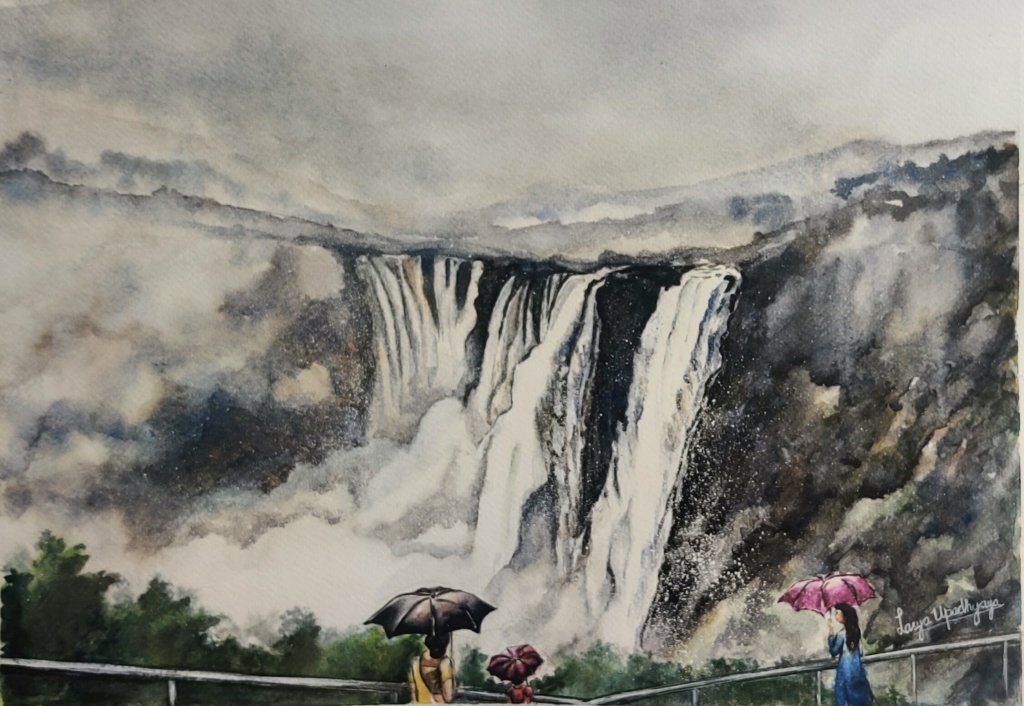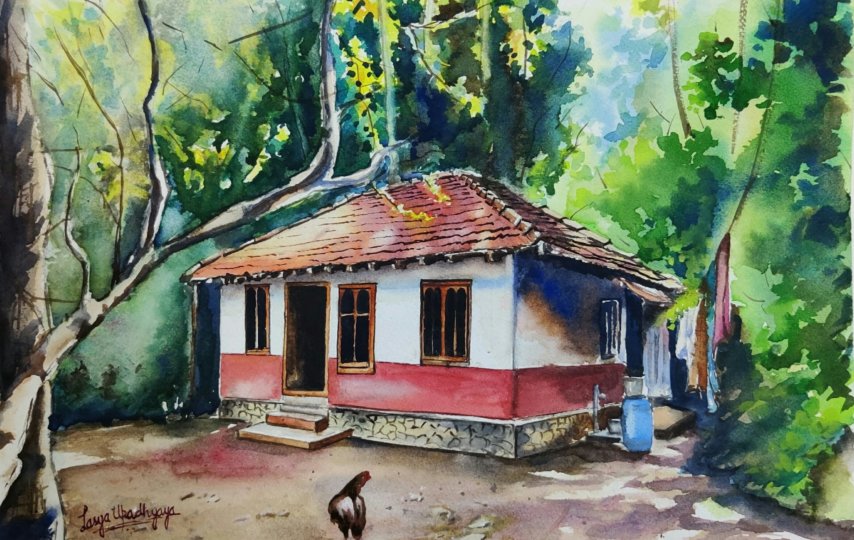The country’s independence in 1947 spurred the development of an idiosyncratic style of modernism in Indian art with a majority of artists responding to the nation’s contested territorial boundaries, pre-colonial past, the nuances of secularism, faith and religion, gender politics, and other wider geopolitical agendas in motion. Even contemporary Indian artists continue to be critical and engaged with issues linked to the country’s turbulent and fraught history of two centuries of colonialism, independence, and partition.

We have compiled five top artists from the rigorous and expanding Indian contemporary art.
- Sheela Gowda
Contemporary Indian artist Sheela Gowda responds to her environment — drawing from the heady, boisterous details of everyday life and work in Bangalore. Best known for her large-sized eerie installations and sculptures, she creates her art from the materials and items charged with culture and rituals of the land—human hair, metal barrels, found wood, cow dung, kumkum (red turmeric), incense, tar drums.
Employing painstakingly hand-crafted techniques to transform the materials, Gowda attempts to emphasize the local traditions of craft and the role of manual labor in the country’s social as well as economic processes, and its implication in the making of art. However, she often looks towards deprived and marginalized communities in India to create staggering artworks. One such creation being Behold (2009), which was later purchased by Tate in 2014. Forming a three-dimensional drawing in physical space, the work is composed of about four thousand meters of rope which is hand-woven from human hair. Entangled within this knotted mass of hair are twenty steel car bumpers. This large installation represents the tradition in Bangalore where motorists tie woven hair believed to be a talisman to their car bumpers for their safety. The hair is usually donated by pilgrims in ritual sacrifice in the temples and mostly sold on for-profit (for the making of wigs or for industrial use). This piece of Gowda brilliantly communicates a confluence of superstition, religious belief, fear, and a need for a convenient comforting action in modern life.
- Nikhil Chopra
One of India’s leading performance artists, Nikhil Chopra explores the complexities and remnants of the country’s colonial past and its legacies, implicating his audience in the process. Deeply influenced by his Kashmiri identity, Chopra has conjured up many characters that are not fixed in time or physical space, often not correct historically, yet immensely real, powerful, and endearing. Working in an extremely diverse genre of performance art, using his own body as an artistic medium, Chopra very often blurs the boundaries between theatre and several other artistic practices, including costume, makeup design, photography, large-scale landscape paintings, and video documentation.
In his popular Memory Drawings series (begun in 2007), donning the character of Yog Raj Chitrakar, Chopra excellently combines autobiography with collective history and nostalgia. This itinerant character looking dapper in his costumes has traveled across a range of cities including Mumbai, New York, and Oslo. To access the memories of landscape and convoluted histories, he engages in drawing performatively, sometimes creating vast charcoal drawings on stretches of the canvas which becomes the floor itself or a tent. Through his whimsical characters which are mostly drawn from his own life experiences, Chopra attempts to rectify, rethink, rewrite and reclaim history.
- Sahej Rahal
Winner of the Forbes India Art Award for his debut solo show, 2014 in 2014, this young Indian artist is adept at building a complex mythical world through his work that includes ritualistic performances, drawings, biomorphic sculptures, and films that comprise the digital ephemera, clay, discarded objects such as salvaged furniture, and refuse. His beguiling and cryptic assemblages mostly draw upon mythical beings or concepts (Indian legends, Japanese anime, paganism, and science fiction) performing absurd acts in derelict landscapes, finding themselves in dialogue with the present.
For his exhibition, Continuous Voyage at the 2019 Vancouver Biennale, Rahal combined sculpture and AI video and created a series of strange fossilized, anomalous, and animalistic bodies. Previously, he has presented his works at several globally acclaimed cultural centers and has been the recipient of many prestigious international residencies.
- Reena Saini Kallat
One of the finest Indian artists, Reena Saini Kallat’s artistic practices include drawing, photography, sculpture, painting, video, and installation, where she engages diverse materials and ordinary objects. Emphasizing on the subjects of migration, cultural hybridity, and bureaucracy, Kallat incorporates materials and items which are imbued with strong conceptual underpinnings. Rubber office stamps and clippings of barbed wire entwined with electrical cables, which are the most common symbols of bureaucracy, seem to be her favorites and reoccur in her work.
Ridiculing the apparatus of state, her series Leaking Lines (2019) deals with the contours of nationalities and attempts to test the vigor and permeability of geographical borders. Each named after an iconic border, the set of diptych drawings feature an abstract land mass composed of woven cables severed by a laser-cut line, symbolic of the region’s political delineation. This is accompanied with a juxtaposing charcoal landscape sketch elaborating the lived geographical impact and markings of that boundary. With such an outstanding oeuvre characterised by her unique depiction of subjects , Kallat is building strong on her international acclaim.
- Himali Singh Soin
Winner of the Frieze Artist Award in 2019, Himali Singh Soin has gained global acclaim for her evocative artistic practice, which combines performance, text, and moving image film. Almost all her films and performance works have their origins in research and explore the urgent questions about the environment, history, and myth. With the natural world and ecology being the core of her artworks, Soin attempts to reflect on the impacts of human intervention and interaction with nature.
Her series We Are Opposite Like That (2017–present) is inspired by her own journey to the Arctic Circle. Incorporating video, performance, poetry, music, and dance, she builds a historical narrative for the most remote areas of the Arctic and Antarctic circles, presented from the non-human perspective of its ice.
Conclusion
Working across diverse visual art forms, each of these renowned Indian artists has a distinctive style and aesthetic vocabulary to narrate their stories and ideas which has redefined the art world!



